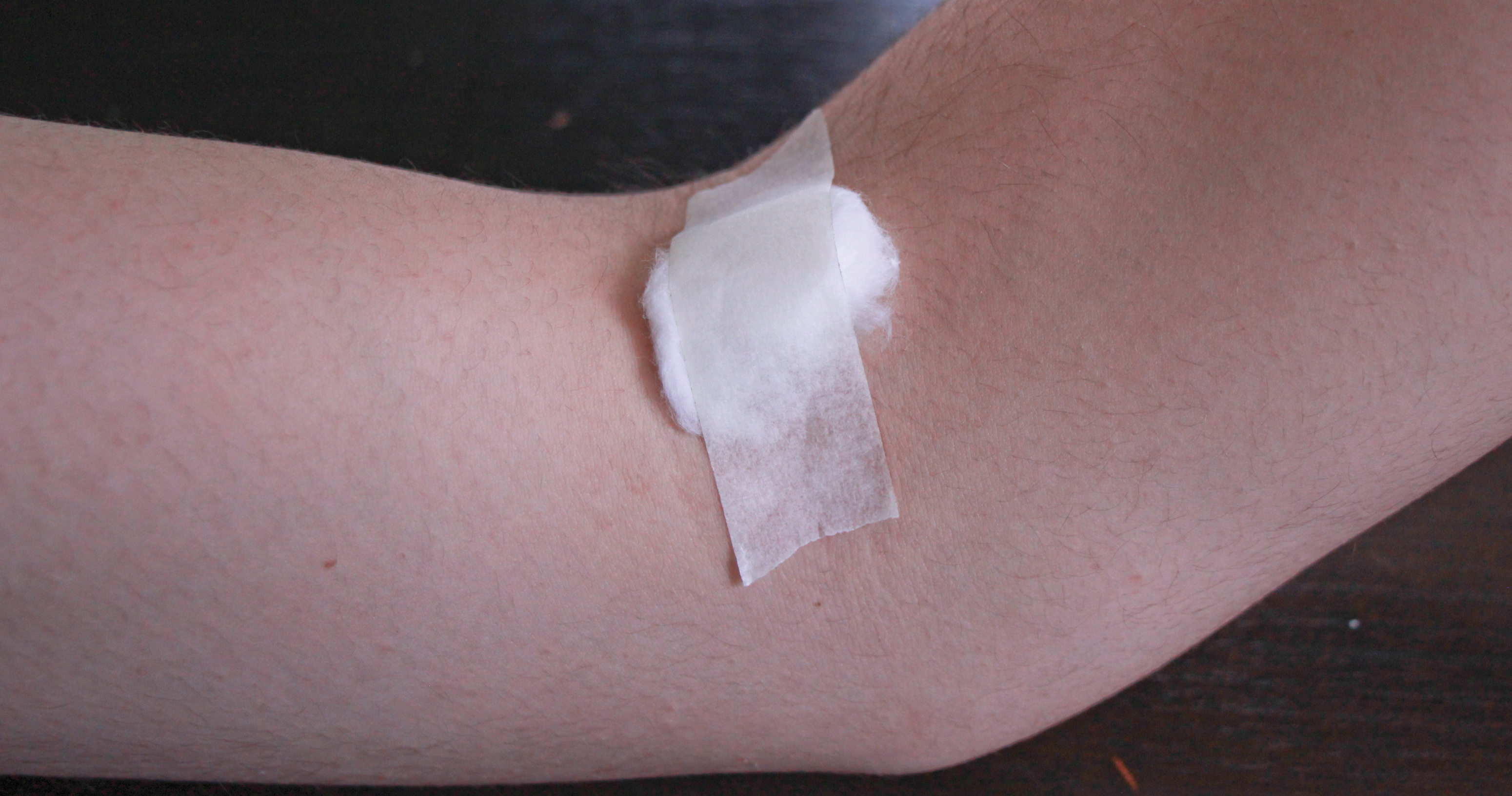Focus on better testing, not limiting potential donors
We’ve all heard the slogan “It’s in you to give” or the idea that just one pint of donated blood can save a life, now especially at the U of O as Canadian Blood Services was on campus this week collecting donations while reminding students of the importance of donating blood.
However, there’s one fact that Canadian Blood Services doesn’t share during these advertisements—that men who have sex with men are not allowed to donate blood.
At a time when Canadian Blood Services says that 100,000 new donors are needed every year to meet the demand, this ban on men who have had sexual contact with other men unfairly targets an already marginalized part of the population, and by doing so endangers the lives of all Canadians who need blood transfusions.
This ban on donations from this group is easily the most controversial part of the charity’s mandate, as they dedicate an entire portion of their website to this one policy. These men, alongside sex workers and intravenous drug users, are all unable to donate because they fall into what Blood Services deems to be a high-risk category.
Men who have sex with men haven’t been allowed to donate blood in Canada since the early 1980s, when all blood donations were handled solely by the Canadian Red Cross Society, a system which remained unchanged until 1988. The ban was enacted as a safeguard against the growing rate of HIV/AIDs in that demographic, exacerbated by the fact that HIV is more easily spread through anal sex.
The ban ignores the fact that 29.2 per cent of HIV/AIDs cases are a result of heterosexual sexual contact, according to the Public Health Agency of Canada, as well as that 25 per cent of HIV patients in Canada who are women, according to the website CATIE.
While you can take a test to determine whether you have HIV, there is a period of around nine to eleven days post infection when it will not show up in blood tests. This a time when the patient will have no symptoms of the disease, and may not even know they have it.
While the idea of a window period where HIV will not be reflected in blood test results is scary, it does apply to all potential donors with HIV—this isn’t a window period that only opens for gay and bisexual men.
This extreme policy is likely a direct result of the tainted blood scandal that took place in Canada in the early-to mid-1980s. According to the Canadian Encyclopedia, 2,000 transfusion recipients contracted HIV from blood while another 30,000 were given Hepatitis C.
After a lengthy investigation, 32 criminal charges were laid against members of Health Canada, the Canadian Red Cross Society and Armour Pharmaceutical. While the tainted blood scandal was tragic, mistakes made thirty years ago do not justify discriminatory practices today.
At a time when technology is advancing so rapidly in other areas it’s time to focus on better testing, rather than tarring and feathering large portions of the population simply because of their sexual identity.
Canadian Blood Services is making changes in the right direction. In 2013 the policy was amended slightly so that men whose last sexual contact with a man was more than five years prior could donate—the first change to blood donation rules in 25 years, and a fact proudly publicized by Blood Services.
Canadian Blood Services has said that they will file paperwork early this year to begin the process of instituting a one-year period requirement to replace the current five-year period requirement. This will hopefully be helped by the new Liberal government, who campaigned on ending the blood ban.
While this is a step in the right direction the reality is that even this period is too much and continues to limit the amount of donors that could be provided. Canadian Blood Services needs to focus on making donating blood accessible to more people, not fewer.





